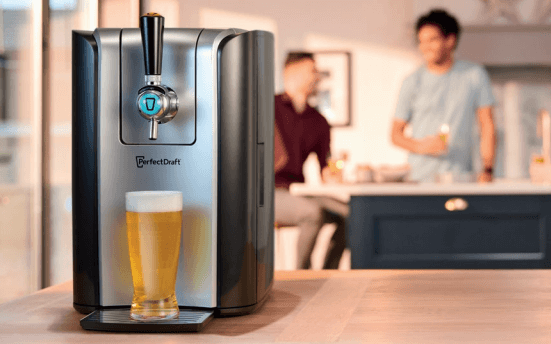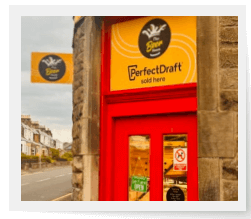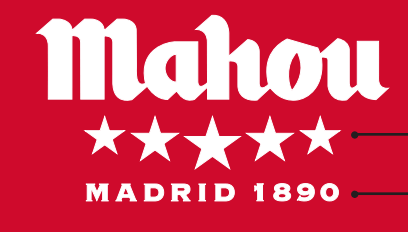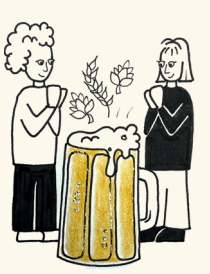How to make sour beers
The popularity of sour beers shows no sign of abating, and it is well within the scope of a homebrewer
Sour beers have been part of the fabric of Belgian beer culture for centuries. Only recently gaining popularity in the States and then the international beer market. So-called ‘sour’ or ‘wild’ beers include some styles that are one way or another sour, tart, funky, barnyard-like or acidic thanks to the introduction of wild yeasts and bacteria during fermentation.
LACTOBACILLUS
Called ‘lacto’ in beery circles, lactobacillus is a bacteria which eats the sugars in wort and, instead of converting them to alcohol, converts them to lactic acid. The result is a clean yet sour taste and is what gives Goses and Berliner Weisses their distinctive flavours.
PEDIOCOCCUS
AKA ‘pedio’, this is another bacteria which converts sugars to lactic acid. The result is more of a sour character than lactobacillus and can give off more funky flavours. It works well alongside Brett in Flanders reds or lambics.
WILD YEASTS
Or bacteria or microfauna, these little critters are found everywhere! Whichever ones are found in a particular environment define a terroir AND a beer’s flavour.
SPONTANEOUS FERMENTATION
While many brewers today control which yeasts or bacteria come in contact with their beer, historically sour beers were created by exposing them to whichever wild yeasts or bacteria were in the air, floorboards or rafters of the brewery. Cantillon in Brussels is the most famous brewery to practice this method.
----
KETTLE SOURS
Kettle souring is a technique that allows brewers to rapidly sour unfermented wort in just a matter of days, often taking only a mere 24 hours. It could not be more simple – after creating wort and conducting a brief boil for sanitation, the wort is cooled to 24ºC – 35ºC and a cultured strain (or blend of strains) of pure lactobacillus is introduced. Once introduced, the lactobacillus will go to work and begin consuming sugars in the wort transforming them into lactic acid, providing the tart flavour. Given some time, usually one to three days, the souring will be complete. For a subtle sourness, target a pH in the mid to upper 3s or if you want that awesome lip-puckering sourness, shoot for a pH in the lower 3s.
----
See our amazing range of homebrew equipment and ingredients here





